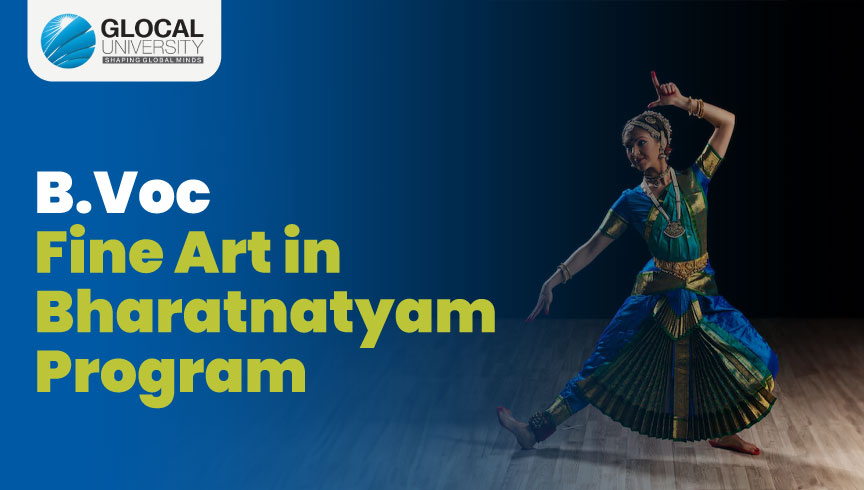Medical Imaging Technology
- Home
- Bvoc Program
- Medical Imaging Technology
.jpg)
About Medical Imaging Technology
Medical Imaging Technology is the field of medical science in which various technologies are used by doctors to see inside the body without surgery. It uses different machines to make pictures of the bones, organs, and blood vessels. This helps doctors understand what's happening inside and decide how to treat the patient.
Duration of course: 3 years (6 semesters)
There are many types of machines like X-rays, CT scans, and more. People who know how to use these machines are called Medical Imaging Technologists, and there are many jobs for them because the technology is evolving on a global scale.
B.Voc in Medical Imaging Technology from Glocal University
At Glocal University, you can study B.VOC in Medical Imaging Processing. It's a 3-year program that helps you learn about using imagine technology inside the body to help doctors figure out what's wrong. This program is approved by UGC and AICTE, which means it's a good and trustworthy education.
The Medical Imaging Technology course is not entirely theoretical and you also get exposure to real life situations in a hospital. This is different from many other universities that provide these courses online. The program is designed to help you understand how different machines work and how they are used in healthcare. After finishing the course, you can have a job as a Medical Imaging Technologist, and there are lots of job opportunities because this field is always growing and getting better.
Key Highlights
Eligibility Criteria
- Candidates should have completed Intermediate with Physics, Chemistry, and Biology as their main subjects with a minimum percentage qualification from a recognized board. Ideal percentage qualification would be 50% or above.
- 10th passed candidates with a 2 year diploma would be eligible for direct admission in 2nd year (3rd semester).
- After registration with the university, candidates are required to present asked documents for verification and seat allocation process.
- Students are required to maintain the minimum health standards due to the nature of the medical profession.
Curriculum
Other B.VOC Courses Provided in Paramedical by Glocal University
Career Opportunities
There are several job options after completing B.Voc in Medical Imaging Technology. Some of them are listed below.
Other B.VOC Programs Provided by Glocal University
FAQS
Frequently Asked Question
The curriculum of the B.Voc programs at Glocal University has been structured collaboratively by industry professionals and seasoned faculty members. The integrated curriculum has an integration of balanced theoretical and practical approaches.
B.VOC Medical Image Technology course is undergraduate degree programs spanning 3 years of curriculum
During the Medical Image Technology course, candidates will receive a diploma certificate after completing 1st year of the course, after the second year they will receive an advanced diploma certificate and the degree will be provided to them after completing the whole journey of 3 years.
To Become Our B2B Partner
Copyright © | Glocal School of Vocational Studies. All Rights Reserved
Download Prospectus

.jpg)
.jpg)
.jpg)
.jpg)
.jpg)
.jpg)
.jpg)
.jpg)